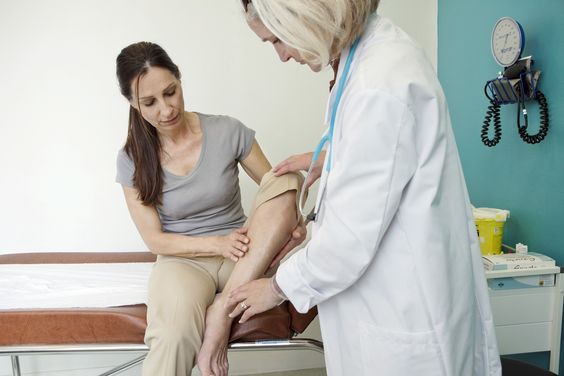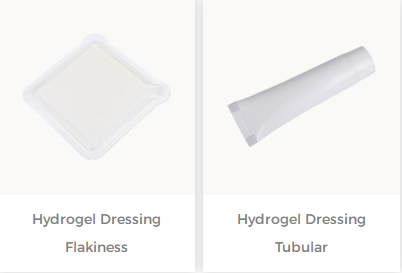The choice of wound dressing is very important to maintain moisture balance. When we treat wounds, we must consider how best to protect and heal the wound while preventing excessive absorption or excessive evaporation to ensure moisture balance on the wound surface.
Here's how to choose the right wound dressing for you to maintain moisture balance:
The first thing to do is to choose a suitable dress. Here are a few dressings that are most effective in maintaining the moisture balance of the wound:
1. Alginate Dressing:
Alginate Dressing is a polysaccharide substance with excellent moisturizing properties, which can maintain product stability and moisture retention. It has no side effects on the human body, so it is very safe to use. And it has good water solubility and ion exchange performance, which can enhance the bioavailability and curative effect of drugs. Alginate Dressing is non-adhesive pads and strips composed of natural polysaccharide fibers or xerogels.
Indications: Alginate Dressing is suitable for wounds with a lot of exudates.
Contraindications:
Alginate Dressing must have exudate for absorption to promote proper moisture balance. They should not be used on dry wounds, eschar, third-degree burns, or surgical wounds. They are also contraindicated in wounds with anaerobic infections. Alginate Dressing itself has no adhesive properties. To optimize moisture balance, the secondary dressing also acts as a barrier to absorb excess fluid that Alginate Dressing cannot absorb.
2. Hydrogel Dressing:
Hydrogel Dressing is designed to provide moisture to dry wound beds. It has good wettability and can maintain a moist environment on the wound surface, reducing the risk of wound infection. With good air permeability, it can allow oxygen in the air to enter the wound surface and promote wound healing. At the same time, the dressing is elastic, which can adapt to changes in the shape of the wound and prevent the wound from cracking. It has good biocompatibility with human skin and will not cause side effects to the human body.
Indications:
For wounds with low exudate, dehydrated wounds, can help improve wound healing by providing adequate hydration and moisturization, minor burns (including those caused by radiation therapy), by supporting faster healing and Burns have a cooling and soothing effect.
3. Hydrocolloid Dressing:
It is made by mixing water-based polymer materials and water. It has good air permeability and can promote wound healing. When mixed with water, it creates a moist dressing that helps protect the wound and reduces the risk of infection. It has a certain degree of elasticity and can adapt to wounds of different shapes. Easy to clean and replace, which can reduce the risk of infection.
Indications:
Suitable for wounds with light to moderate exudate, they may also be used as a protective measure against the development of shear and pressure injuries on bony prominences.
Contraindications:
Due to the growth of anaerobic bacteria, hydrocolloids should be avoided in wounds with high exudate volume, dry wounds, infected wounds, and diabetic foot ulcers. They also should not be used after over-granulation has occurred.
Consider the location and type of wound:
Different locations and types of wounds require different wound dressings. For example, facial wounds require more breathable and soft dressings, while open fractures require more waterproof and durable dressings.
Choose the right wound dressing for you:
Knowing the type and location of your wound, it is crucial to choose the right wound dressing for you. If you are not sure which dressing to choose, you can ask your doctor. They will give you the best advice for your situation.
To clean and disinfect a wound:
Before applying a wound dressing, the wound must be cleaned and disinfected. This can help prevent infection and promote healing. When cleaning and disinfecting wounds, use sterile cotton balls or swabs and follow your doctor's instructions.
Choosing a wound dressing requires a multifaceted approach. Currently, there is no single dressing that meets all the needs of a wound (prevention of infection, promotion of epithelial regeneration, moisture balance, etc.). Clinicians must weigh the pros and cons of the dressing chosen to optimize wound healing. However, one thing that most wound dressings have in common is the need for moisture balance to promote wound healing. To achieve this balance, the right dressing must be chosen.
For more information on Innomed®Hydrogel Dressing, refer to the previous articles. If you have customized needs, you are welcome to contact us; we will serve you wholeheartedly. At Longterm Medical, we transform this data by innovating and developing products that make life easier for those who need loving care.
Editor: kiki Jia
Date: May 4, 2023

 English
English عربى
عربى Español
Español русский
русский 中文简体
中文简体








